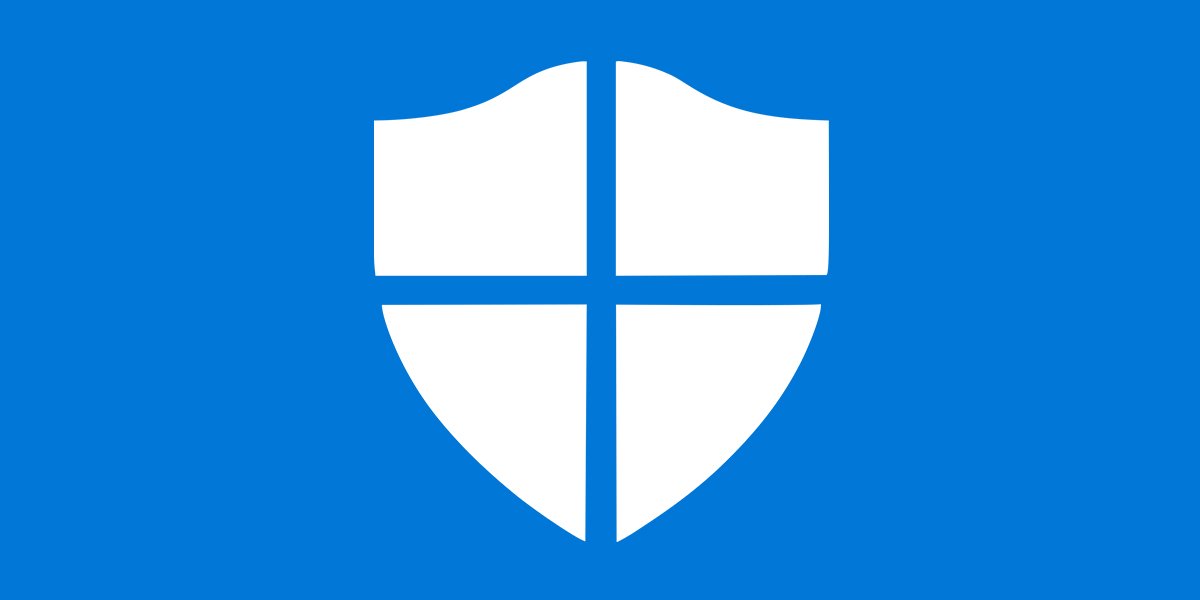Microsoft seems to have removed an option in the register which Microsoft disables Defender. The company continues to provide the opt-out option through Group Policy, but the option for the common man users of Windows has ceased to exist (Home and Pro editions).
The Windows Defender is the default application protections from viruses that comes with Windows 10. Older versions of Windows such as Windows 8.1, Windows 8, Windows 7 and Vista also had it, but in the past it was not as effective as it only scanned for spyware and adware. 
In Windows 8 and Windows 10, Defender has started to rely on Microsoft Security Essentials and has since offered better protection against all types of malware. Microsoft renamed the application to Microsoft Defender.
DisableAntiSpyware was a special option in the Registry and could be used to disable Defender. It was available in all versions of Windows 10, even Home and Pro. So it seems the company is changing that.
Αυτή η ρύθμιση διακόπτεται και θα αγνοείται σε client συσκευές, από την ενημέρωση Αυγούστου του 2020, ή στην έκδοση 4.18.2007.8 του Microsoft Defender Anti-virus.
Advanced users and administrators can use Group Policy and other related options to turn off Defender.
Note that Microsoft's move indicates that it does not want you to disable Windows security software. Until now, if you install any other security software, Microsoft Defender Antivirus is automatically disabled by third-party software.
This may change in the near future, as Microsoft may add more restrictions (unless the major security software companies protest).





